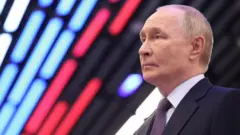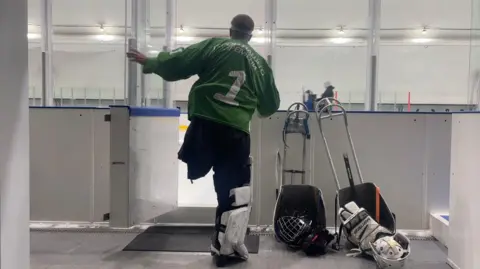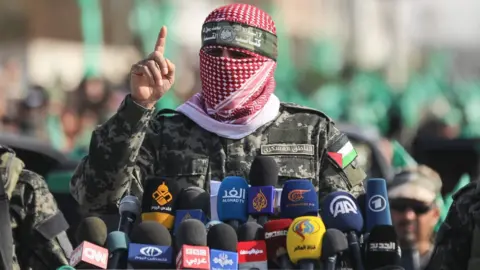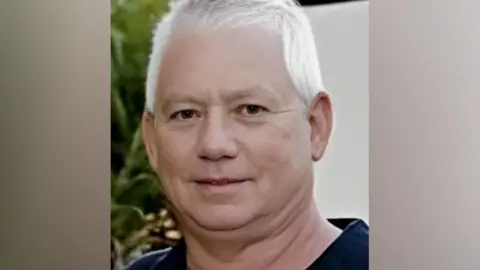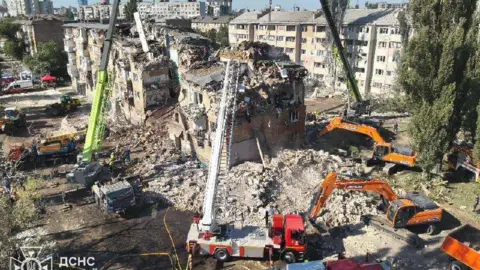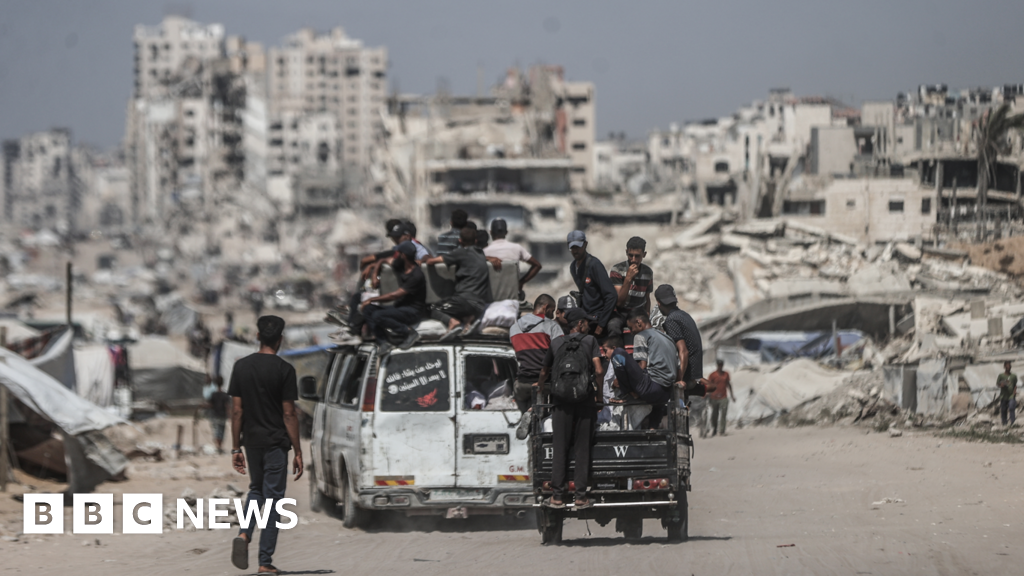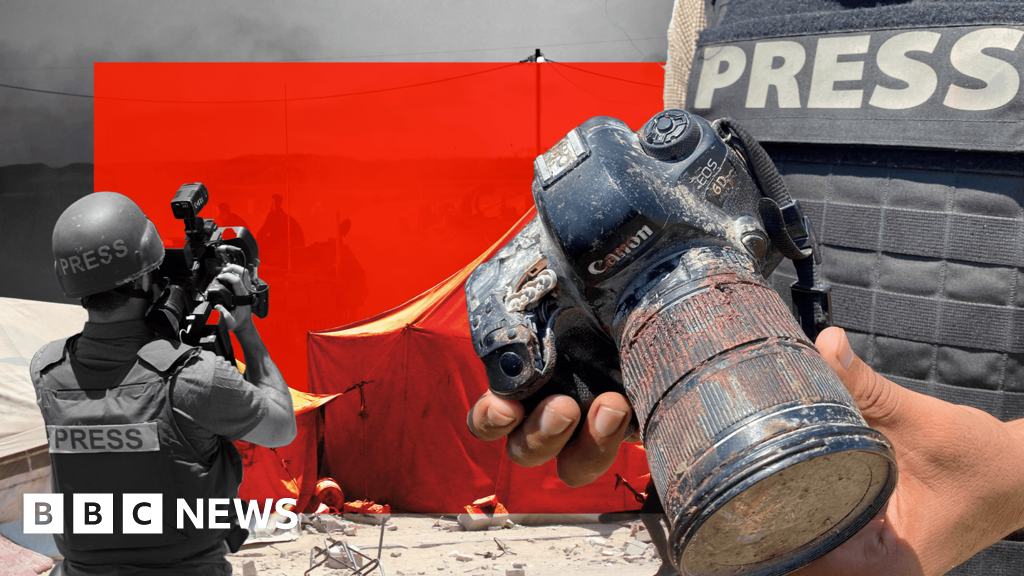In northern Vietnam, scientists are making strides in the somber mission to identify remains of soldiers long lost to war. Recent advancements in DNA analysis have sparked new hope for families mourning their loved ones, with unique methods developed to retrieve and analyze remains buried for decades in the region’s harsh conditions.
The urgency of this work comes at a time when Vietnam still commemorates over one million soldiers who went missing during the decades-long conflict. Meanwhile, the controversy surrounding the U.S. government’s commitment to assist this identification process has stirred discussions on the moral and ethical responsibilities towards the families seeking answers.
On a humid June afternoon, a team of specialists was involved in the meticulous extraction of bones from the Tra Linh Cemetery. Among them was an inexperienced researcher who, while handling a jawbone, sought validation from his senior colleague. “Too decayed,” came the response, evidencing the challenges posed by the natural deterioration of skeletal remains over time.
These researchers, collaborating with the International Commission on Missing Persons, have recently achieved groundbreaking techniques capable of recovering and analyzing DNA from particularly degraded remains. Utilizing these innovative approaches means they can potentially connect these long-gone soldiers with their surviving relatives, providing a much-needed avenue to heal collective and familial grief.
The American perspective remains significant, as approximately 2,600 U.S. military personnel are still unaccounted for from the Vietnam War. As Vietnam’s efforts amplify under advanced scientific scrutiny, the potential for identifying these missing Americans rises. Tim McMahon, director of DNA operations for the U.S. Defense Department, outlined the significance of these advancements, referring to them as “groundbreaking” in the quest for identification.
Moreover, families in Vietnam’s northern and southern regions are finding comfort in the hope offered by these innovations. The possibility of reconciling with the past and laying lost loved ones to rest, alongside their brothers in arms, becomes tangible with every successful identification.
This exploration of lost identities holds broader implications as well. Techniques honed through this unique context could ultimately serve international communities impacted by disasters such as wildfires or typhoons, extending the reach of this vital work beyond Vietnam’s borders. As the intersection of technology and human connection unfolds, a narrative of healing rises—a testament to resilience against the backdrop of war’s enduring sorrow.












